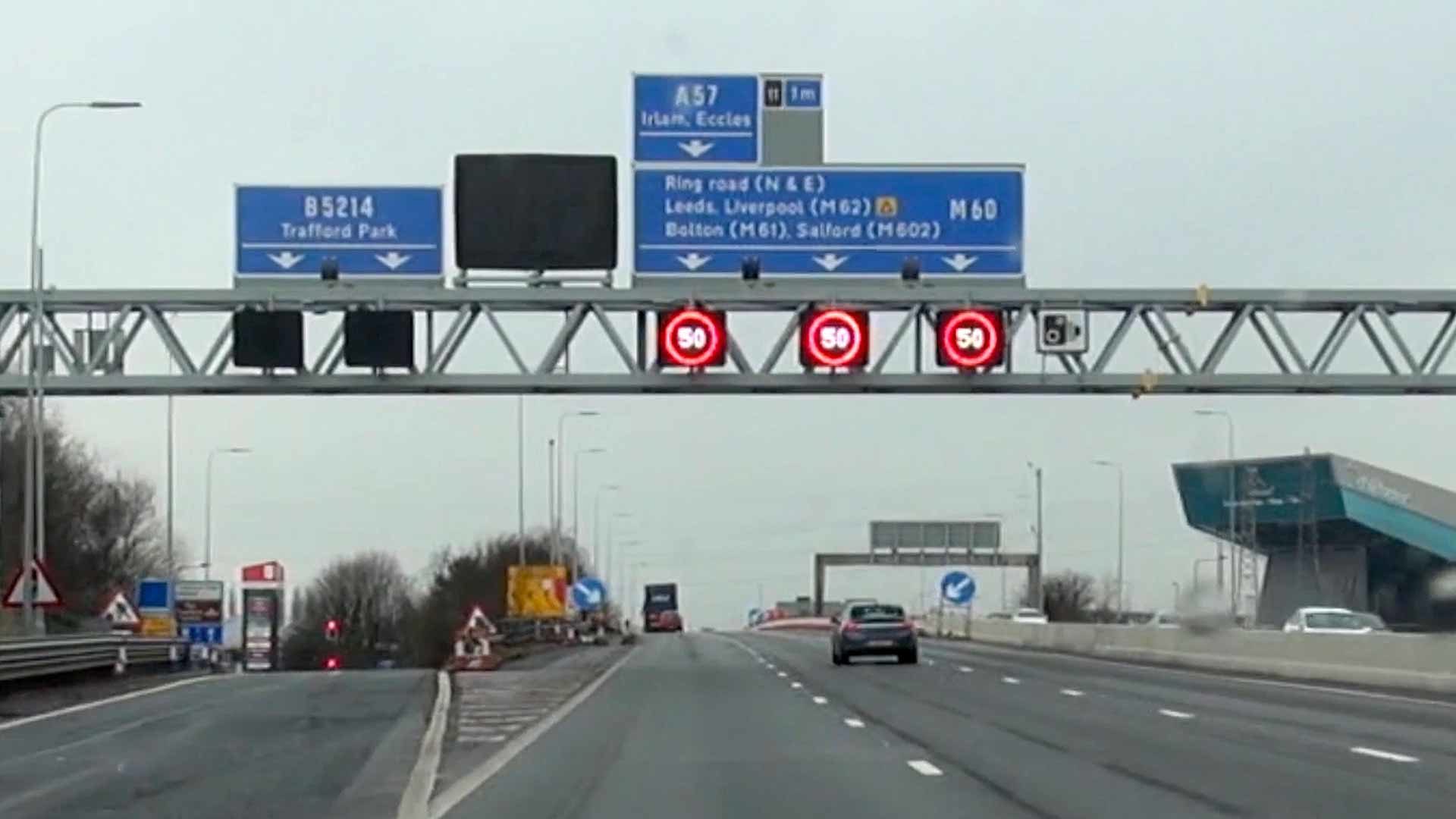
Stopped vehicle detection radar, which spot stationary vehicles in live lanes, have only been fitted to 37 miles of the 350-mile smart motorway network.
The radar cover just four of the 24 sections of England’s smart motorway network: 13 miles of the M3 in Surrey and part of the M25.
Smart motorways have no hard shoulder, meaning stationary vehicles pose an immediate danger unless detected quickly.
Stopped vehicle detection radar highlight stationary vehicles in around 20 seconds – far faster than manual operators using CCTV cameras.
The Times newspaper, which revealed the lack of stopped vehicle detection technology, reports figures from 2019 showing it took an average of 20 minutes for a lane to close.
Transport secretary Grant Shapps urged the rapid roll-out of the technology in March 2020 to improve safety on smart motorways.
The entire network is due to be covered by stopped vehicle detection systems by March 2023.
Former roads minister Sir Mike Penning, who last year said he was “totally misled” over smart motorway safety, told the Times he wanted to see a faster roll-out.
“In many stretches, the refuge areas are too far apart and the much-vaunted technology that can alert the highways authorities to stopped vehicles has not been fitted.”
Earlier this week, an inquest into the deaths of two motorists saw the coroner warn smart motorways presented an “ongoing risk of future deaths”.
In response, the government said Mr Shapps has called for an “urgent meeting” with Highways England to discuss the pace of stopped vehicle detection roll-out.
ALSO READ
Smart motorways: “I was totally misled” says MP
What is the red ‘X’ on smart motorways – and how much is the fine for ignoring it?
What if drivers just refuse to use lanes which were formerly hard shoulders?